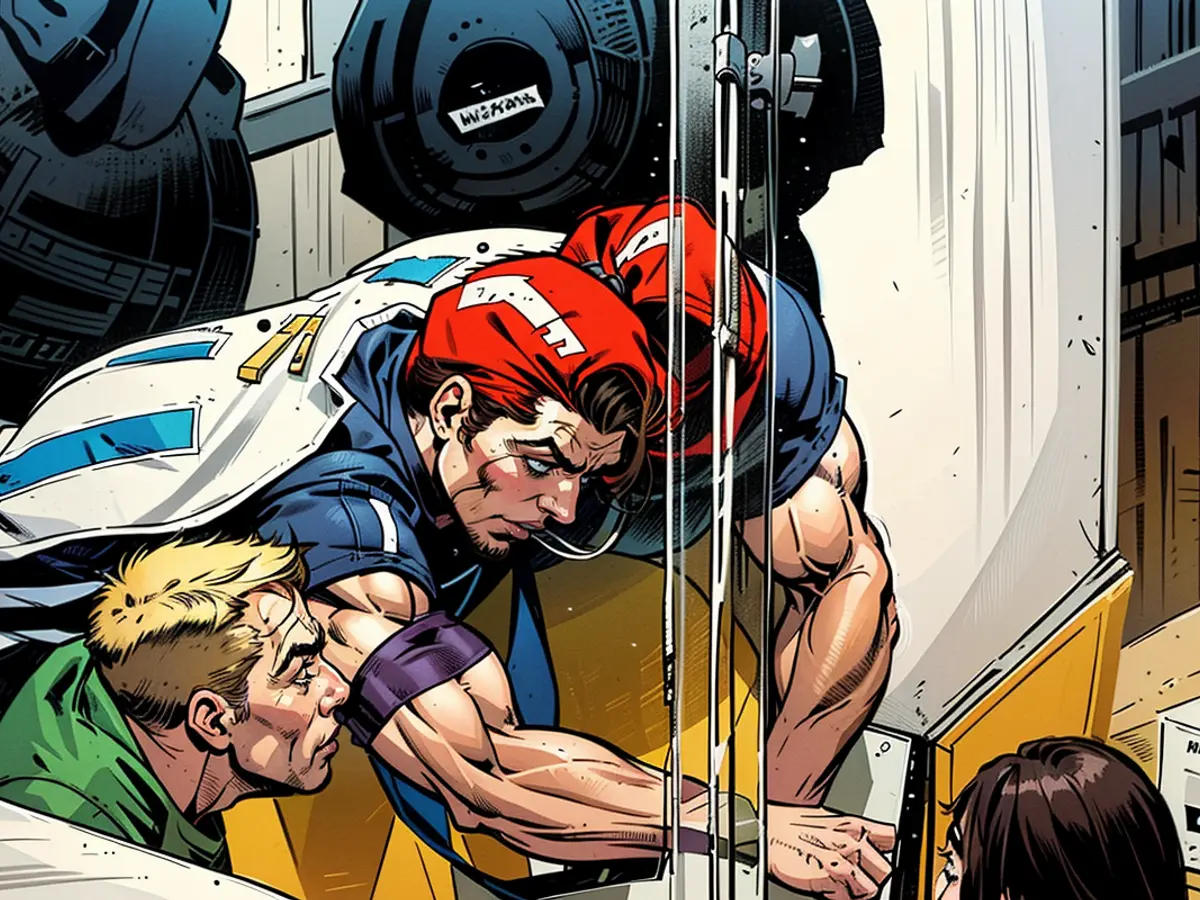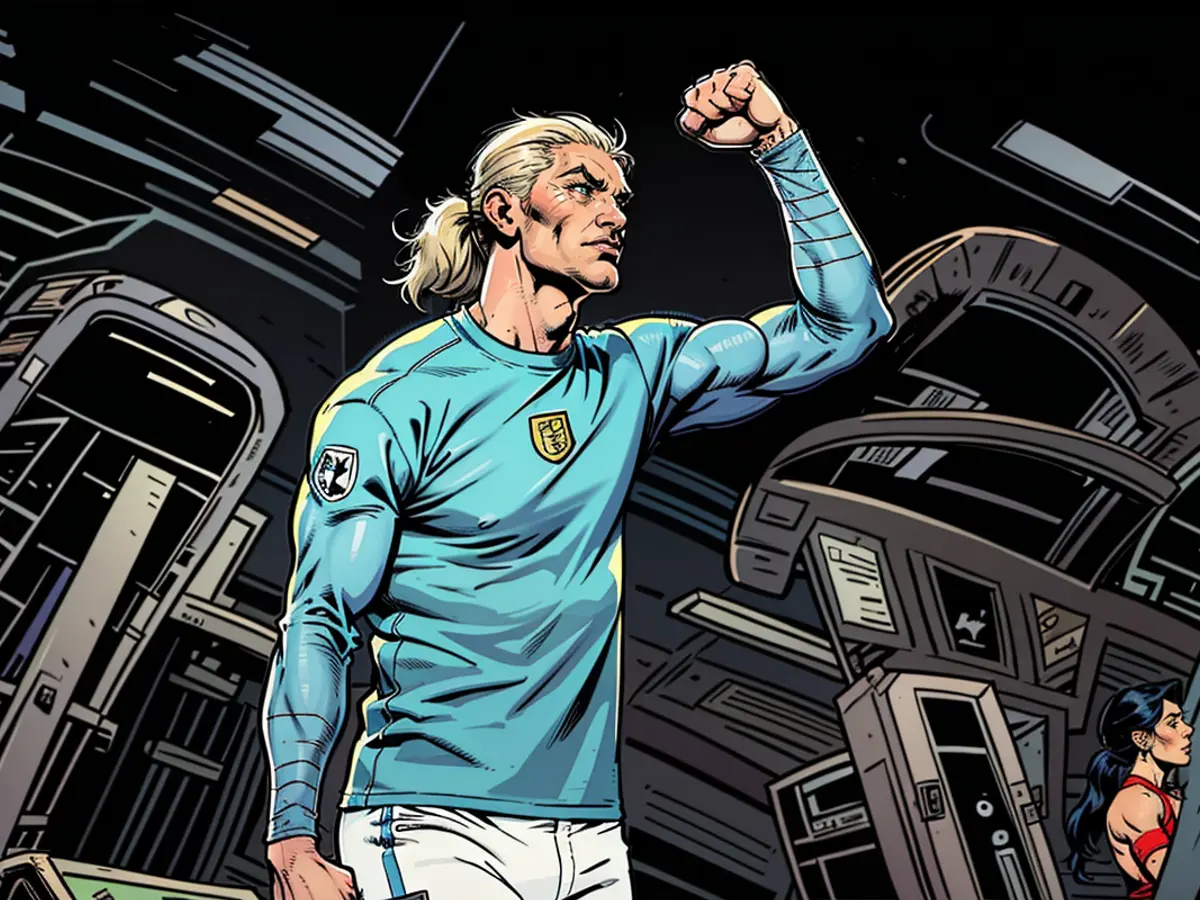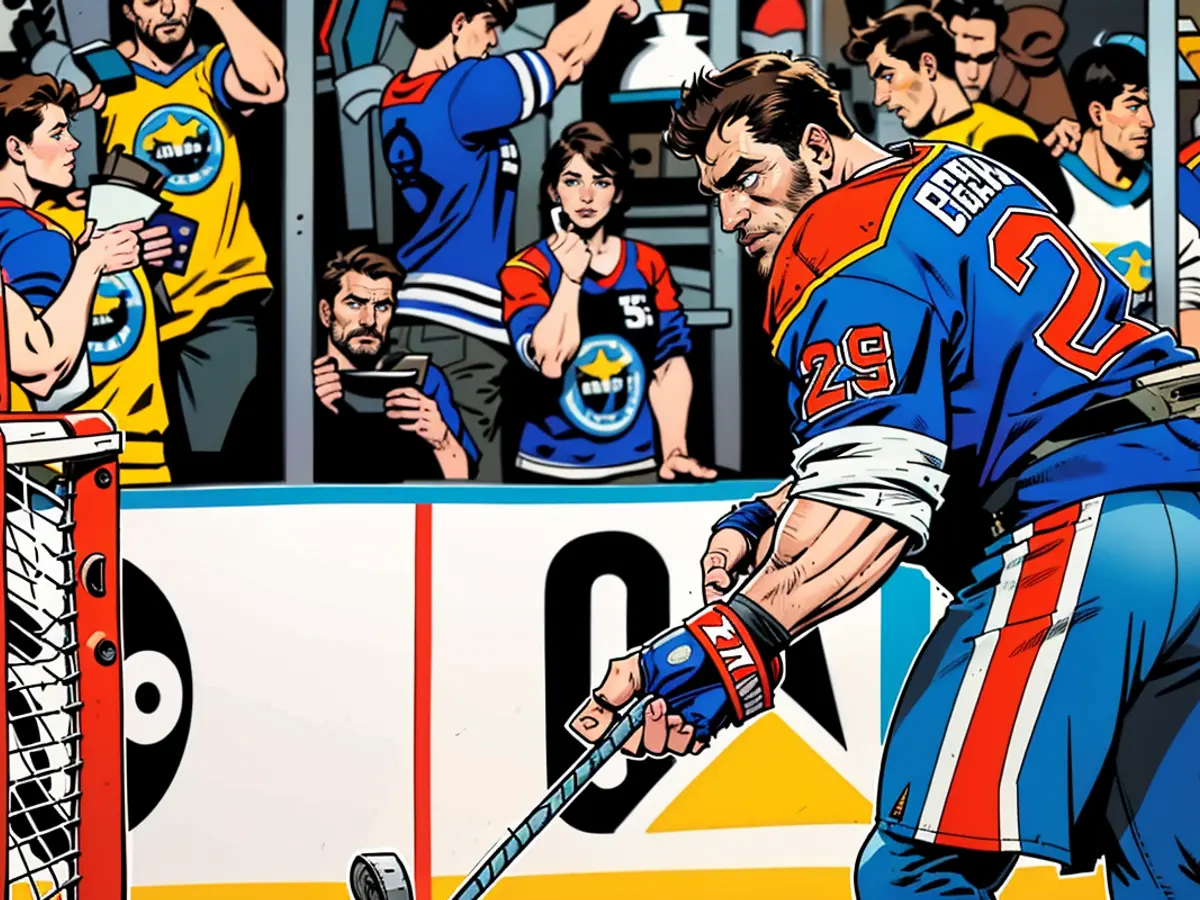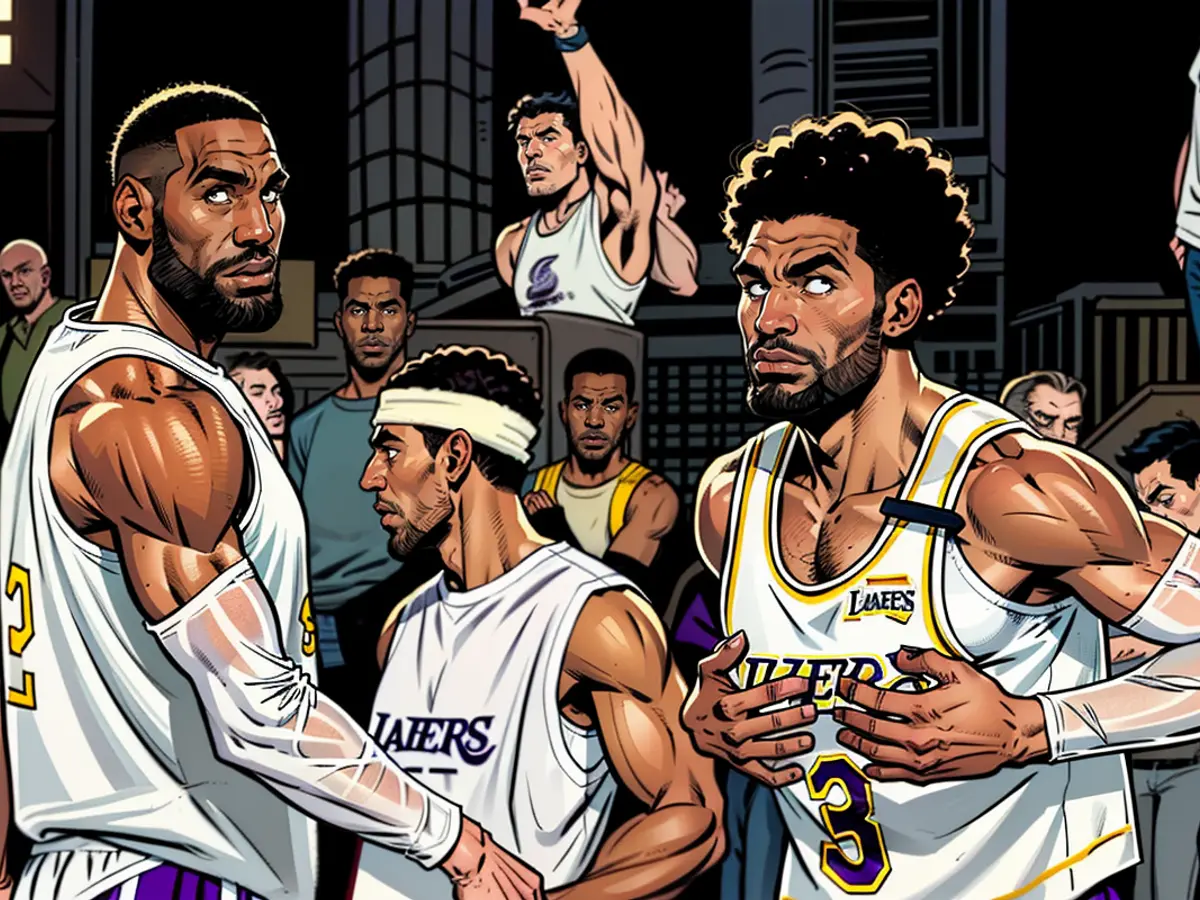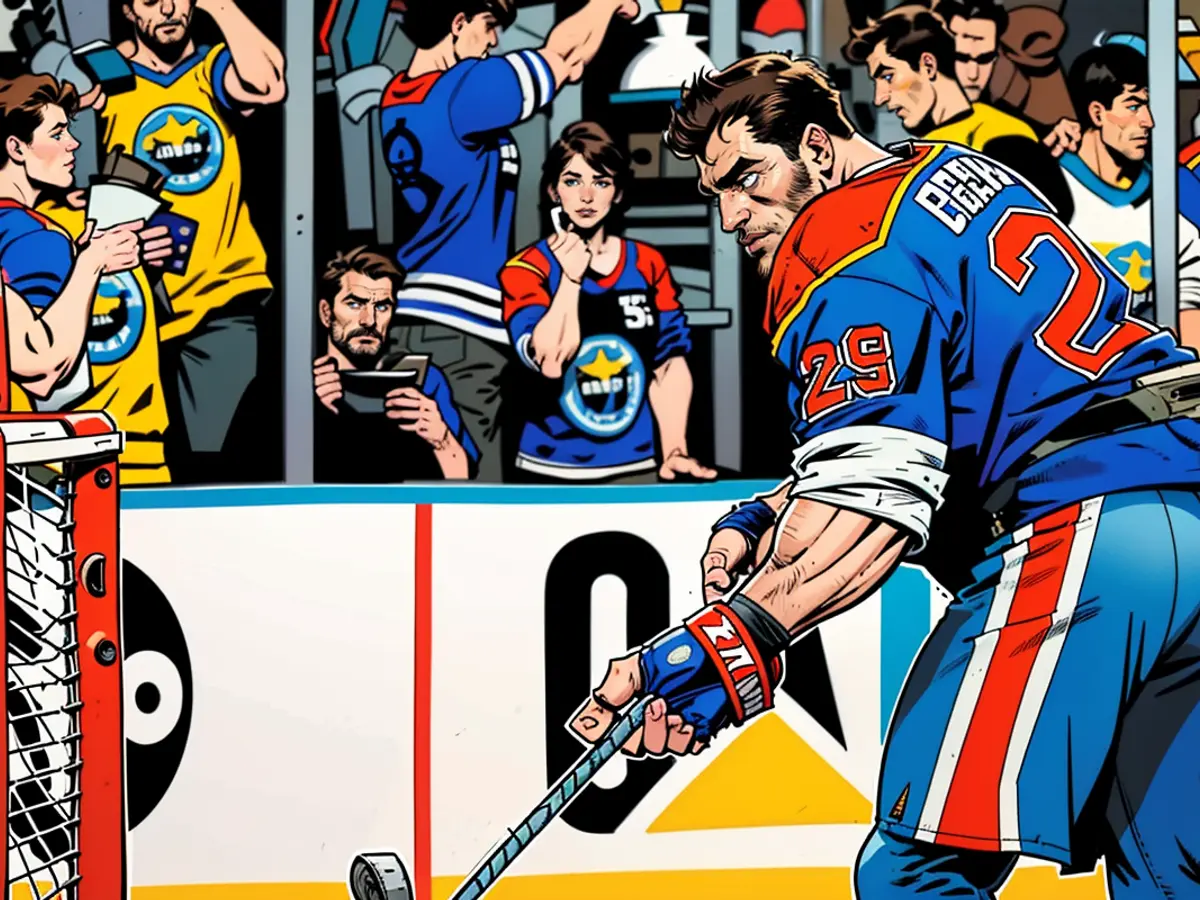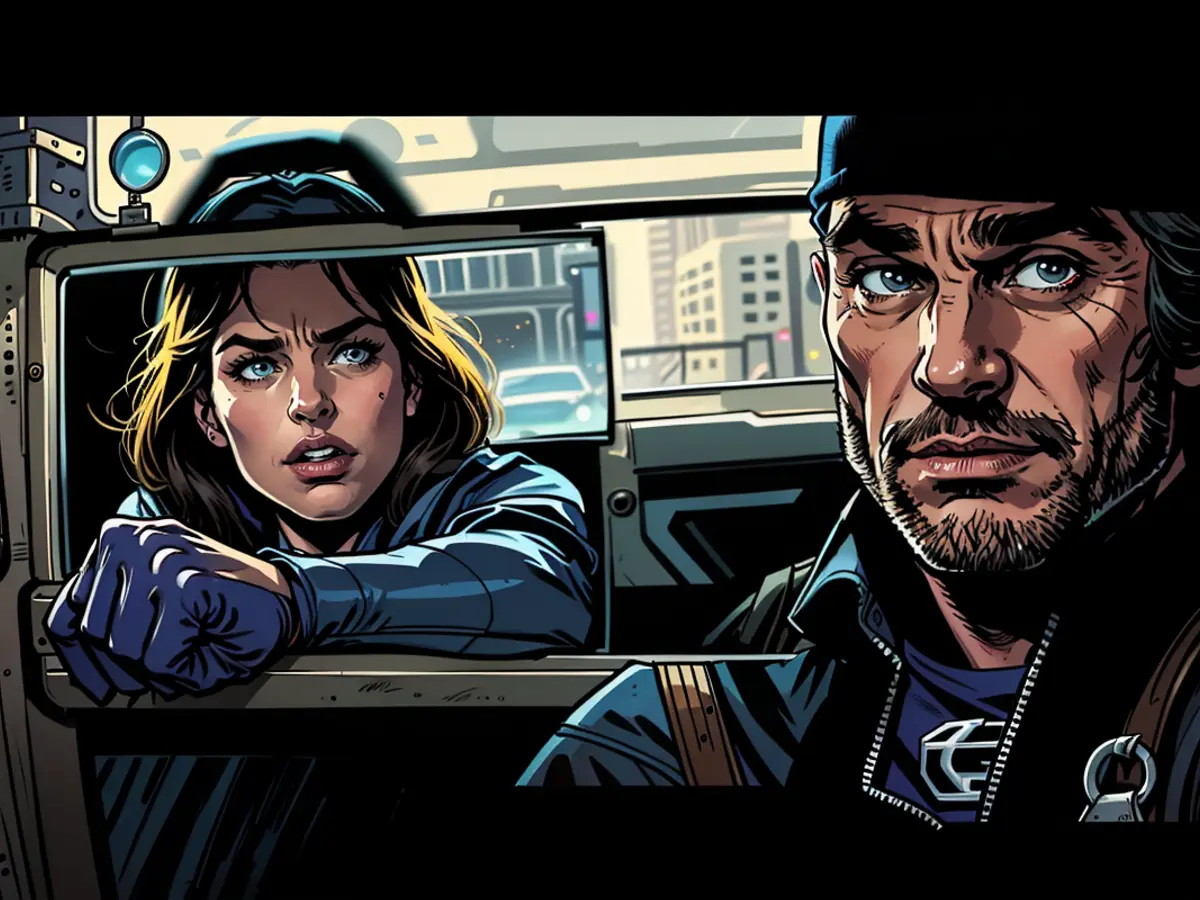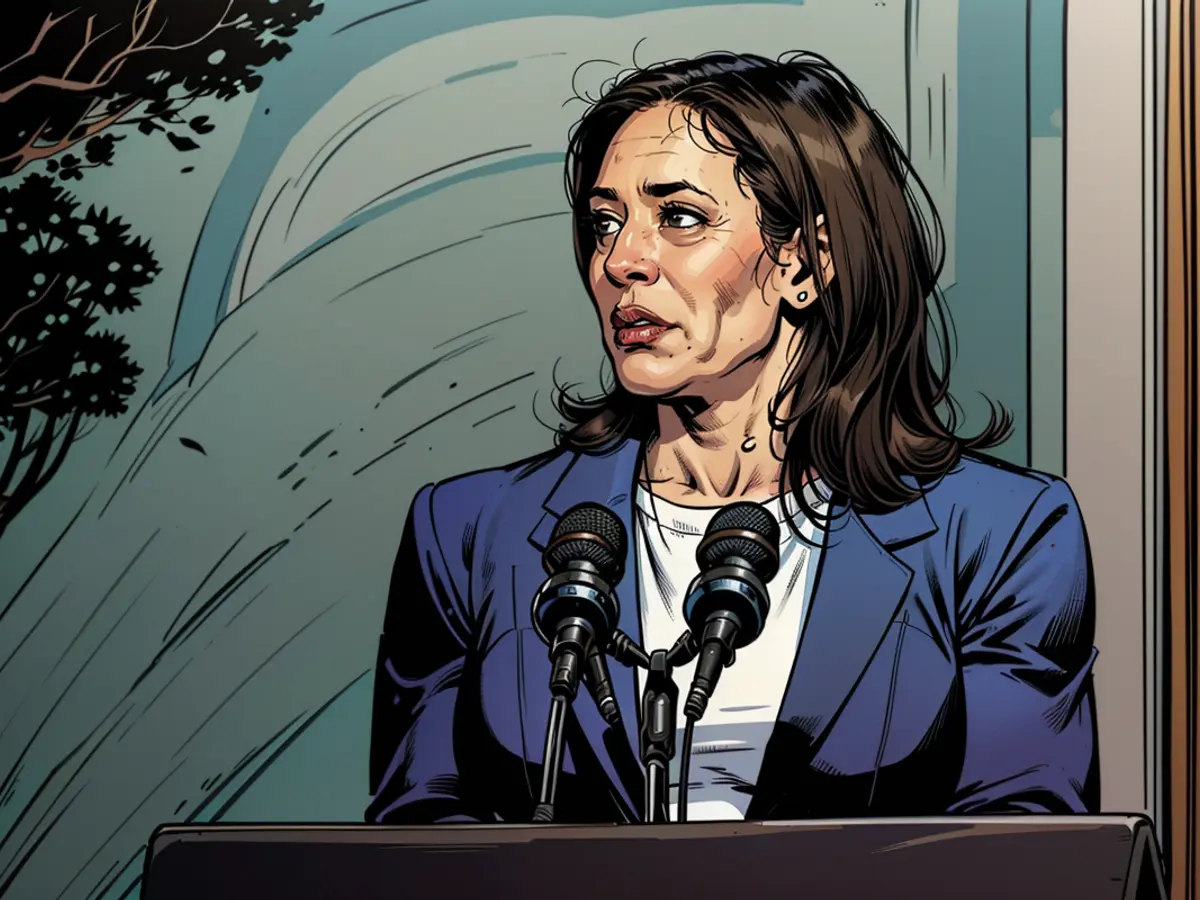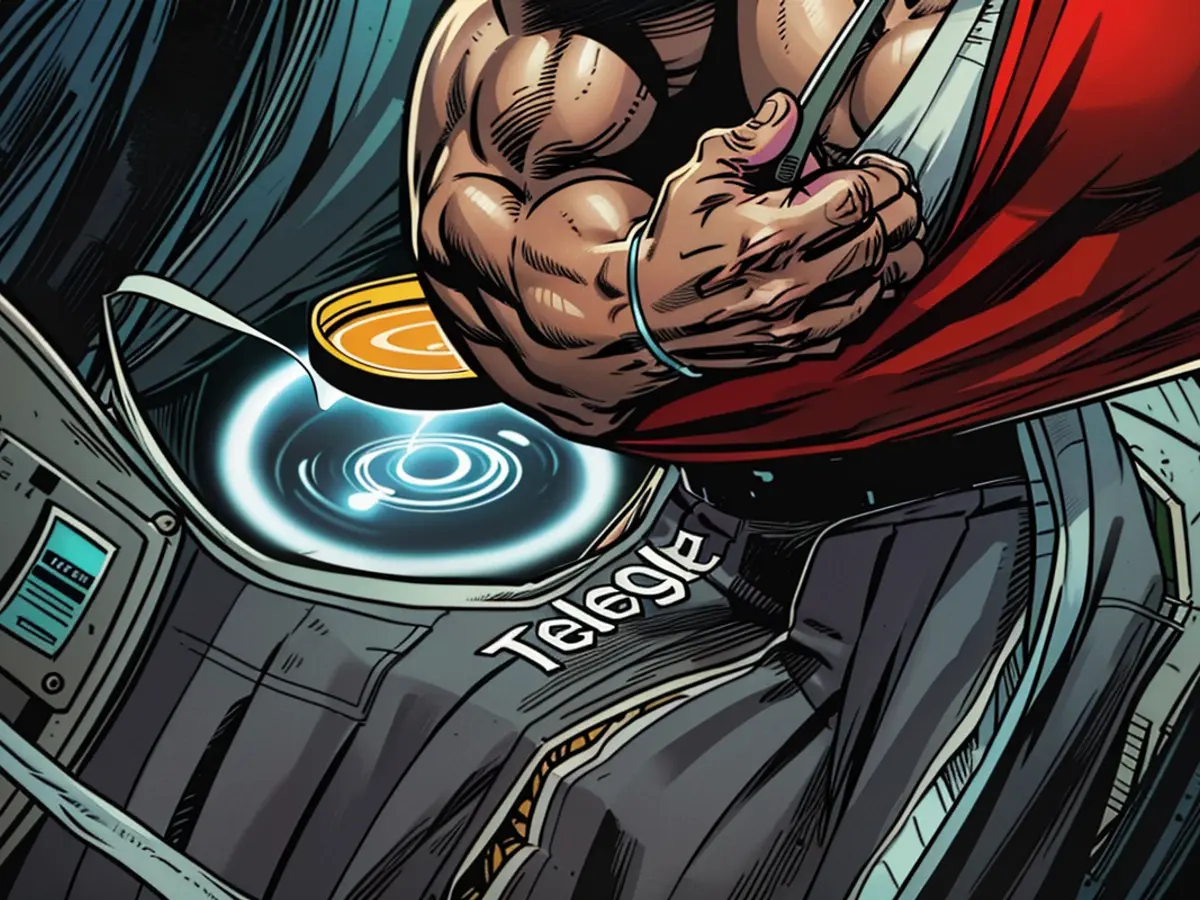Eine sorgfältige Prüfung der vorgelegten Fußballvideobestätigungen ist notwendig.
In Eishockey, das führt oft zu Streit und Verwirrung jeden Wochenende. In Sportarten wie Fechten oder Ringen bei den Olympischen Spielen resultiert es in häufigen Unterbrechungen. Allerdings hat die Video-Überprüfung im deutschen Eishockey zu einer triumphalen Geschichte geführt, die vor etwa 25 Jahren begann. "Wie wir es machen, es funktioniert wirklich gut", behauptet DEL-Chef Gernot Tripcke, "es ist Selbsthilfe für den Schiedsrichter, nicht externe Kontrolle. Kein zusätzlicher Schiedsrichter oder Boss, der ihm sagt, was er tun soll."
Die Deutsche Eishockey Liga brachte diese technische Unterstützung im Spiel in der Saison 1999/2000 - während der Playoffs - ein. "Zu Beginn hatten wir nur zwei VHS-Videorekorder und einen Monitor in der Zeitnehmertribüne", erinnert sich Jörg von Ameln, der damals und heute für den Betrieb der DEL verantwortlich ist. Die traditionellen Torrichter in ihren kleinen Boxen, die ein Tor durch Leuchten von Grün signalisierten, galten als veraltet.
"We were the pioneers in Germany," says von Ameln, "other leagues copied us one by one." Initially, there was only one replay camera, and in broadcasts by the then TV partner Premiere, additional TV images were also available on another video recorder. Decisions were only made about goals: Was the puck behind the line? Was an attacker offside in the crease? Was the puck kicked into the net? Was the goalie interfered with?
"Der Schiedsrichter auf dem Eis muss vor dem Verlassen des Eises eine Entscheidung treffen", erklärt von Ameln, "die Bilder müssen seiner Entscheidung komplett widersprechen. Wenn nicht, bleibt es bestehen." Ernsthafte Fehler sind selten, mostly due to the video review not being used at all. Like in 2021 with an Augsburg phantom goal, when the puck slipped through a hole in the net from the outside. Or in 2023, when a Straubing goal was scored with the puck sliding under the goal frame.
Unlike football, where it's also about penalties and red cards, the video review initially only concerned goal decisions. Only in the last three years have major penalties for serious fouls been able to be confirmed or reduced via video - now, thanks to the TV partner Telekom, in HD and from different perspectives at every game. Since last season, it can be checked whether the puck was shot illegally over the Plexiglas. The latest innovation: All referees explain their decisions, including those after the video review, via microphone and hall speakers. They can also communicate better with each other on the ice with the new system. "Even the NHL is looking at this function", says von Ameln.
Of course, there's always room for improvement: Von Ameln would like to have three cameras in the goal post - a financial issue. It's often debated whether coaches should be given the right to demand a video review, like in the NHL. "The demand isn't there yet", says von Ameln. The number of video reviews is already high enough, with 214 for goals and 91 for penalties last season. 28 goal decisions were changed. "That", emphasizes von Ameln, "is definitely a success."
The introduction of video review in German ice hockey, starting around 1999/2000, has transformed it into a sport where controversial decisions are minimized. Unlike in football or the NHL, there's no external video referee or VAR interfering in ice hockey matches.
